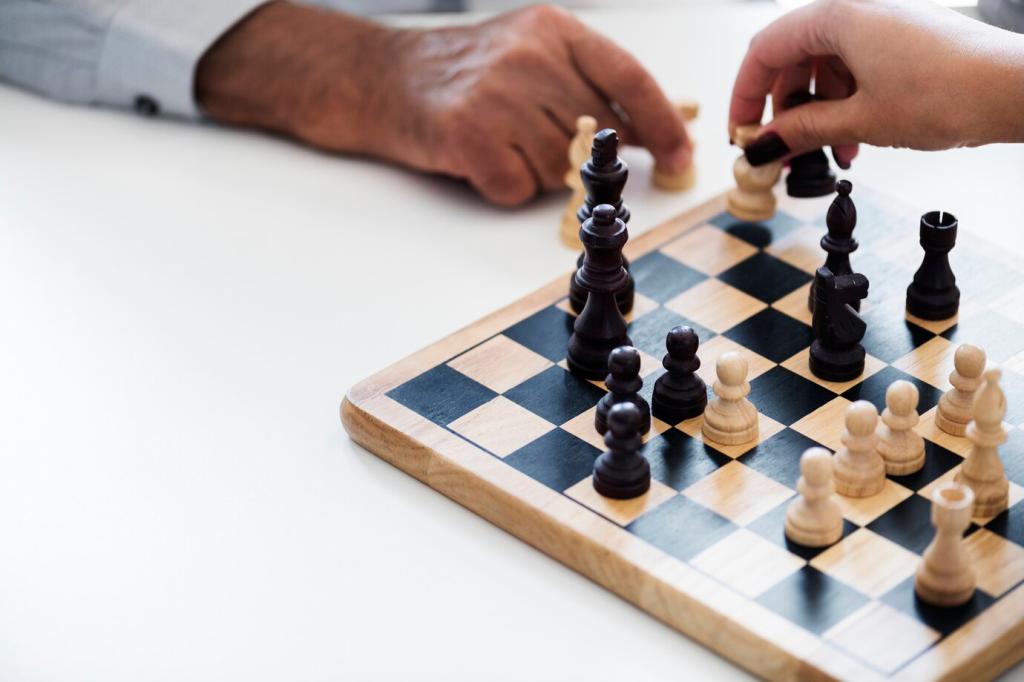Courtly Duels and Living Legends
At King Philip II’s court, Giovanni Leonardo and Paolo Boi reportedly outplayed Spanish greats, including Ruy López. That gathering is remembered as an early international showdown. Analyze a surviving game from these rivals and note the decisive moment momentum changed hands.
Courtly Duels and Living Legends
Noble patronage offered quiet rooms, stipends, and audiences, letting masters refine ideas intensely. Prestige fueled bold experiments, from risky gambits to endgame studies. If you had a sponsor today, which single project in Renaissance analysis would you undertake first?







